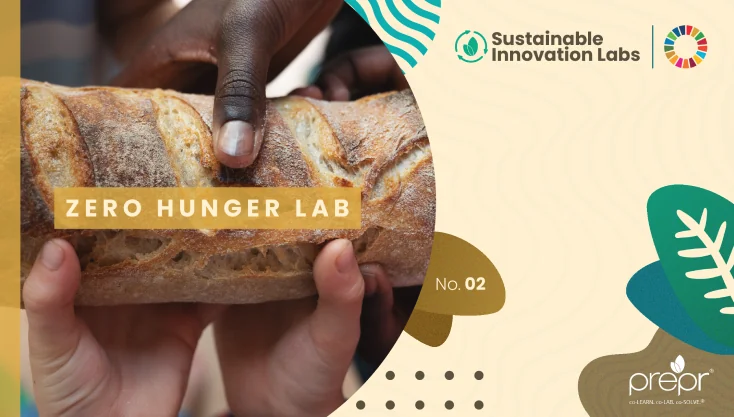Zero Hunger Lab
While global living standards have steadily improved over the past twenty-five years, many people still face hunger and malnutrition. Adequate food is essential for social, cultural and economic life, and is the gate and key to breaking cycles of poverty and illness.
Learn how your innovations can make an impact in the fight against world hunger by joining the Zero Hunger Lab, part of Prepr’s Sustainable Innovation Lab series.





